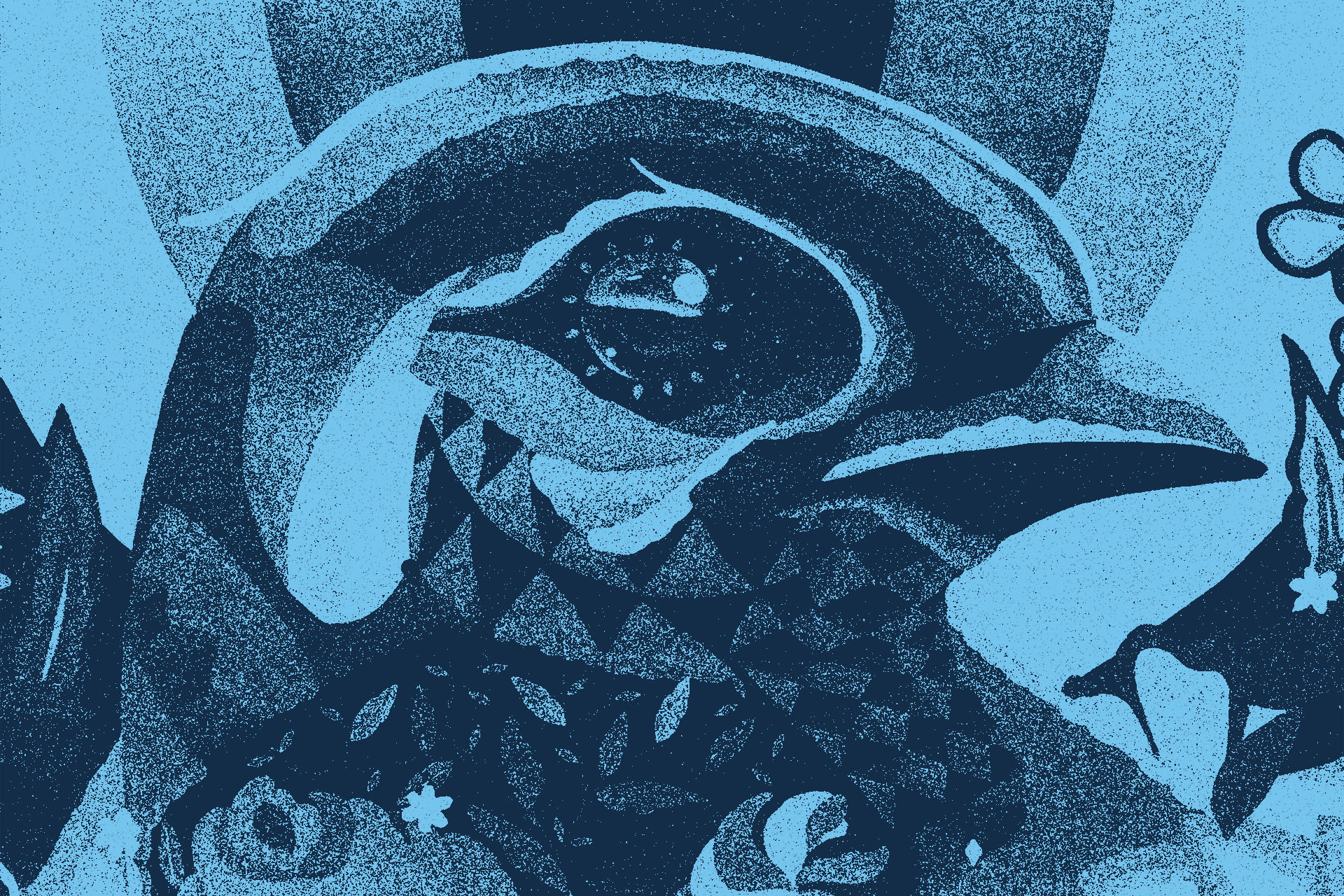
The global pandemic that last year wreaked havoc across the globe has made its way into the first half of 2021. And with it? A dire need for businesses to step it up. Especially true for smaller companies offering a service that’s not entirely niche.
So, how do you successfully break through the clutter to establish a stand-out business amidst a questionable economy? You make a good first impression.
Brand logos have for a long time been the backbone of many successful companies. McDonald’s iconic Golden Arches. The Nike tick or ‘swoosh’. Chanel’s interlocking Cs. You get it! Point is a memorable logo is the foundation of a brand’s identity. It has the power to attract and pique the curiosity of the right kind of consumer.
Here are a few design trends you can expect in 2021:
Typography
While a simplistic approach to typographic logos is still favourable, a lot more thought is going into their conceptualisation. By playing with different fonts, designers can convey more than one idea in a single image. Converting a single letter into a representative icon has the power to clarify a brand’s identity. Removing part of a word or introducing negative space between letters adds visual interest.
Geometry
Using simple shapes such as triangles, squares, circles or a combination, can have a profound effect on a brand’s message. It’s no wonder then that renowned brands such as Adidas, Microsoft and Spotify have adopted this approach. The imaginative application of these building blocks of art and design creates something powerful and unique. Layering, distorting and combining multiple shapes adds depth and intrigue.
Characters
Placing people at the forefront of a logo is an effective method for brands looking to humanise their image. Yet, this approach has begun to evolve to include more character-based illustrations that bring with them an element of humour and light-heartedness. Designers are, therefore, opting for more offbeat caricatures and characters as the brand personification. Resulting in brands being perceived as relatable and approachable when compared to their competitors.
Stained Glass
Stained glass as we know it, is associated with the glistening windows of grand European cathedrals. For designers, it’s an art form they’re modernising and introducing into their logo concepts. Splintered images and blocks of bright, contrasting colours define and exemplify what a business stands for. Elements of the Medieval period beautifully connects the past and present to create a logo representative of the future.
Gradients
Flat designs and solid colours were once an effective approach to creating a memorable logo. Then Instagram launched with an icon that made use of vibrant gradients and suddenly, others began to follow suit. While gradients are not always the main selling point of a logo, they certainly add to its visual appeal. Designers are using bold colour progressions to enhance elements of a logo or to create a focal point. The result? A stand-out logo that suggests constant innovation.
Colour
Analogous colour schemes make use of shades that are next to each other on a colour wheel. Many brands are moving away from bold contrasts and neon colours towards a more subtle colour palette. Choosing a primary colour and highlighting it with its neighbouring colours, tones and hues. This popular logo design approach evokes emotion and brings muted and harmonious colours from yesteryear forward for a more retro-inspired look.
A distinctive logo can delight and inspire consumers to reach out to you. It will be what separates your business from competitors, especially important given our current landscape.
“Logos are the graphic extension of the internal realities of a company.” – Saul Bass.
Let’s get started on yours!